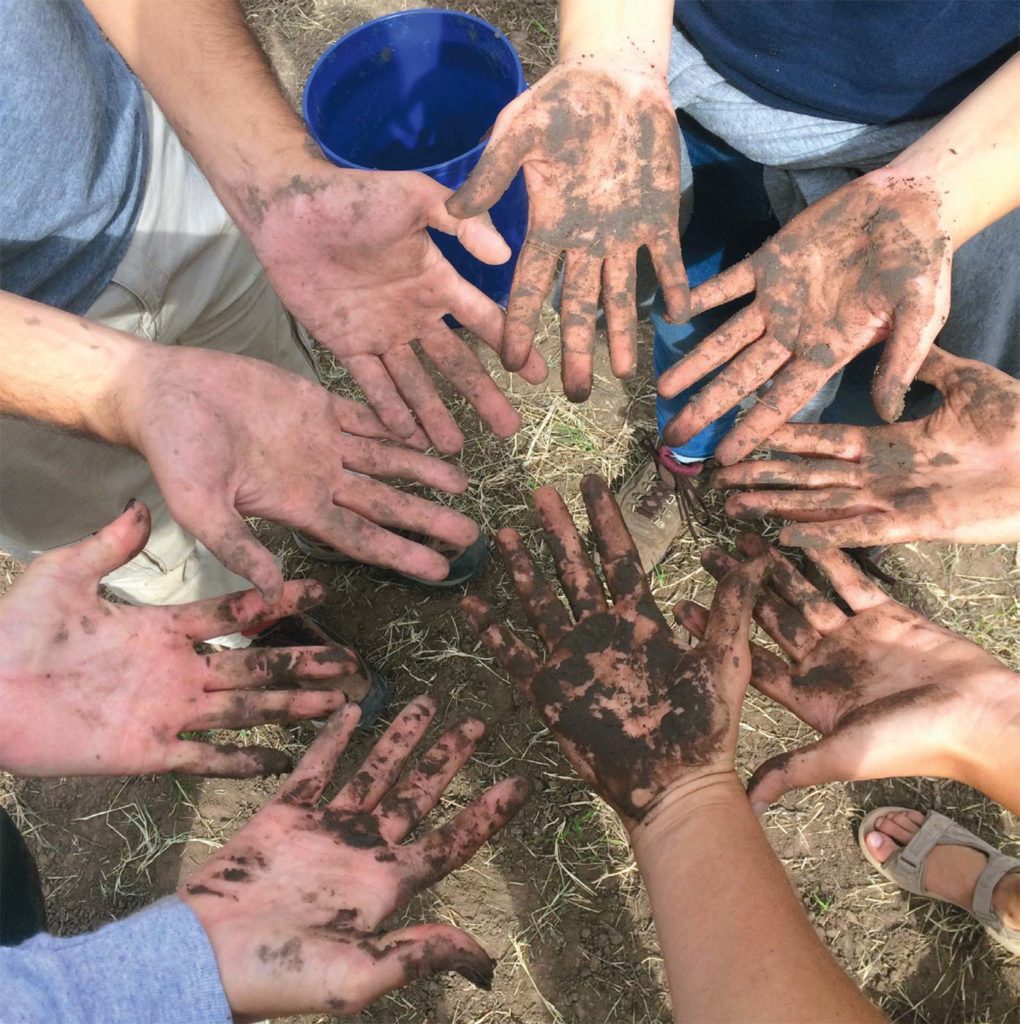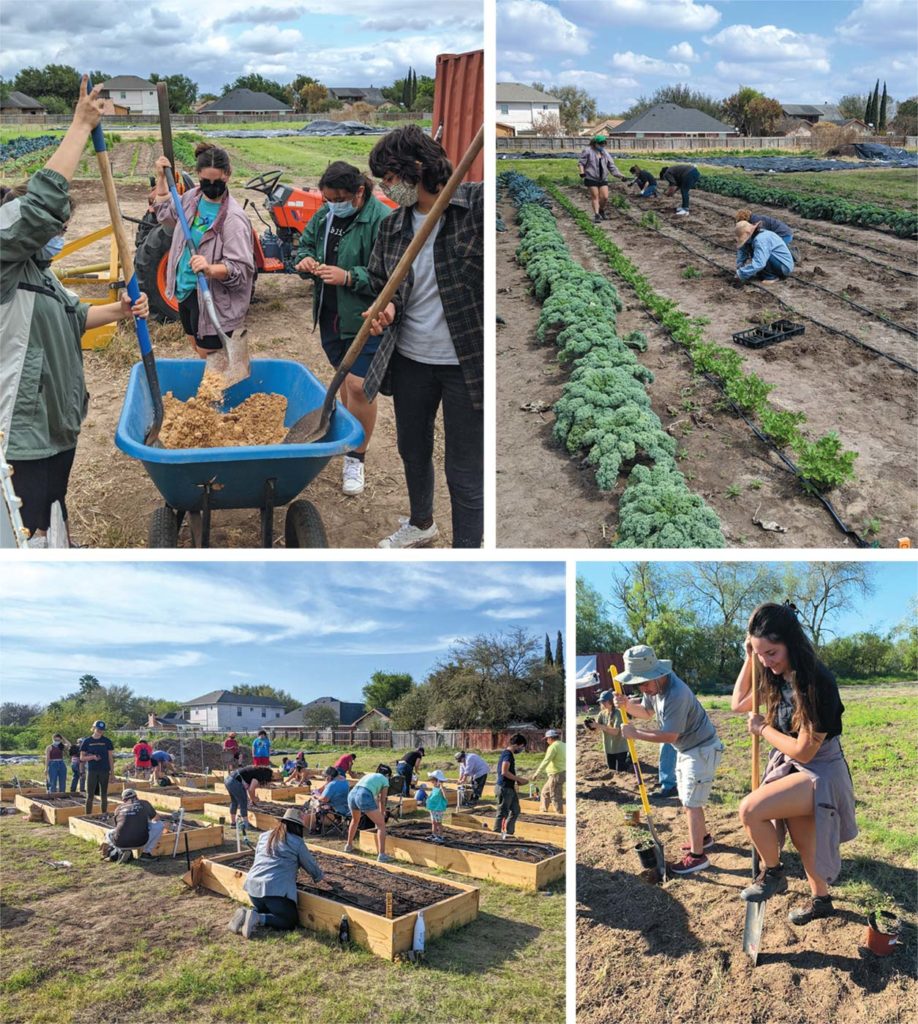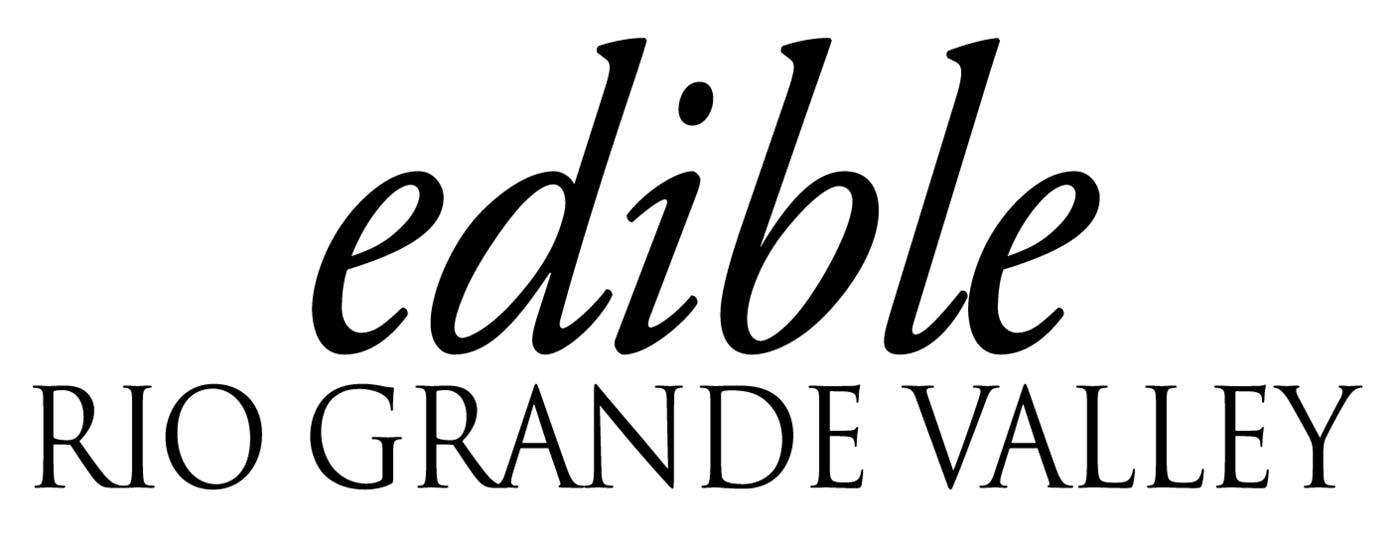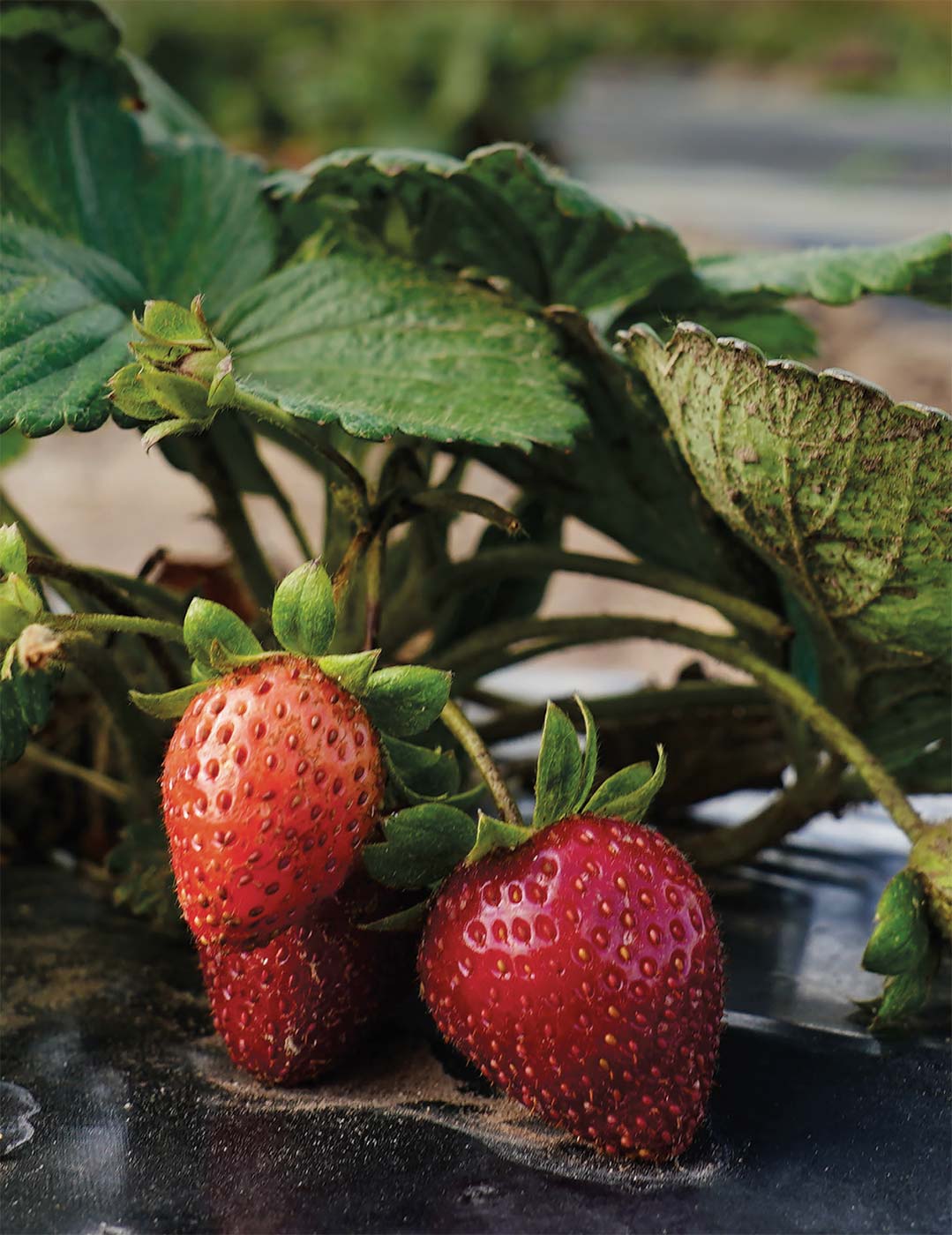
Civic agriculture can seed the local growth
Throughout the Rio Grande Valley, a grassroots network of community-focused farmers is growing, but more consumer support is needed to fully reap the potential economic and social benefits from the area’s agriculture industry.
From Mission to South Padre Island, at least 14 farmers’ markets have launched over the past 15 years, and several community supported agriculture (CSA) programs — like Nature’s Heartland and Sentli Center for Regenerative Agriculture in Hidalgo County and Yahweh’s Farm and CD&J Mini Ranch in Cameron County — now offer seasonal produce subscriptions.
Community, school and home gardens are cropping up everywhere, providing residents of all ages opportunities to grow more of their own food and build connections among growers in the area. Non-profit farms — like the Food Bank of the Rio Grande Valley’s Gem Valley, UTRGV’s Hub of Prosperity and La Posada and La Mancha of the Brownsville Wellness Coalition — provide opportunities for sustainable agriculture education and community involvement in food production.
Samantha Martin, a senior student assistant at UTRGV’s farm, says, “My work at the hub challenges me to solve real agricultural problems instead of hypothetical ones in a textbook. These sustainable agriculture skills will become even more important as erratic climate events happen more often.”
Chefs and restaurants play a key role as well by purchasing from local farmers and showcasing local ingredients in their dishes. Area restaurants with a history of buying local include Terras Urban Mexican Kitchen and Dodici in Brownsville, The Boocha Bar and Taproom in Weslaco, and Diego’s Food Truck, El Divino and The Delgado Collective in McAllen.
Each of these practices contributes to a growing spirit of civic agriculture in the Rio Grande Valley. The term “civic agriculture” was coined almost 30 years ago by sociologist Thomas Lyson to describe local people growing food for local consumption in a way that encourages regional economic investment and community cohesion. This local focus provides an alternative to the exporting focus of many large agricultural operations.
GREATER FOCUS NEEDED ON LOCAL PROJECTS
The Valley has long been a powerhouse of agriculture in Texas, leading the state in fruit and vegetable production. Even after decades of population growth and urban expansion, the region maintains high levels of agricultural productivity. The four-county region of Cameron, Hidalgo, Starr and Willacy averages 1.5 billion pounds of fruit and vegetable production annually. By weight, local production could cover 184 percent of annual vegetable consumption and 240 percent of annual fruit consumption in the four counties, according to the U.S. Department of Agriculture. However, little of that fresh healthy produce makes it to the plates of local consumers. Since the expansion of fruit and vegetable agriculture in the Rio Valley in the early 1900s, our region has been primarily export focused, so the abundant food produced by our fertile delta soils and the careful craft of our farmworkers nourish other communities.
Under that structure, the economic impact of Valley agriculture disperses with the product, and profits are divided among food processors, packagers, transporters, marketers and others, while the produce wends its way to its final consumers.
The USDA Economic Research Service estimates that for every food dollar spent by the consumer, the share that goes back to the farm owner is only 16 cents. The share to non-owner farmworkers, with a median hourly wage of $12.99 in Texas, is far less.
This export-focused model leaves the Valley to bear the social and environmental costs of intensive production, without the full economic and nutritional benefits of the harvest. As a result, one of the most agriculturally productive regions in the country has some of the highest rates of hunger and diet-related illnesses.
“What we need are practical solutions to connect the abundance of healthy foods to the consumers that need it most,” said Alex Racelis, director of UTRGV’s agroecology program and appointed member of the federal Equity Commission’s Subcommittee on Agriculture.
“Local-minded farmers, gardeners, educators, students, restaurateurs and customers already are hard at work building an empowering local food system in the Rio Grande Valley, and enthusiasm around civic agriculture projects is blossoming. But they need more support to bring the vision fully to life.”

RGV RESIDENTS CAN HELP
Civic agriculture is a practical response to the food-related issues our community faces, one that builds and strengthens connections. A simple meal can recall the farmer who sold tomatoes at the farmers’ market, the neighbor who shared an abundant squash harvest, the community garden member who offered seeds for an herb garden and the friend who passed along a recipe using many local ingredients. As our networks grow, they can increase community resilience in times of crisis. The pandemic laid bare the fragility of global supply chains, and grocery store shelves have run thin several times over the past few years. In such times, strong local food systems can help fill the gaps.
Likewise, when farmers face challenging weather, like last year’s winter storm, community support after crop failure and infrastructure damage can help keep our small farms in business.
Connections that begin through food often spill over into other areas, too. Participation in civic agriculture is associated with other forms of civic engagement, like voting, volunteering and participating in community groups and activities. Civic agriculture helps empower us to make positive change in our food system and in our wider communities. Local-minded farmers, gardeners, educators, students, restaurateurs and customers already are hard at work building an empowering local food system in the Rio Grande Valley, and enthusiasm around civic agriculture projects is blossoming. But they need more support to bring the vision fully to life.
Institutional and governmental support are key, but so is the support that we, as individuals, can offer through our daily food choices.
We can all dig deeper to support the Valley’s civic agriculture movement, where we strive to grow a healthy and resilient food system.




